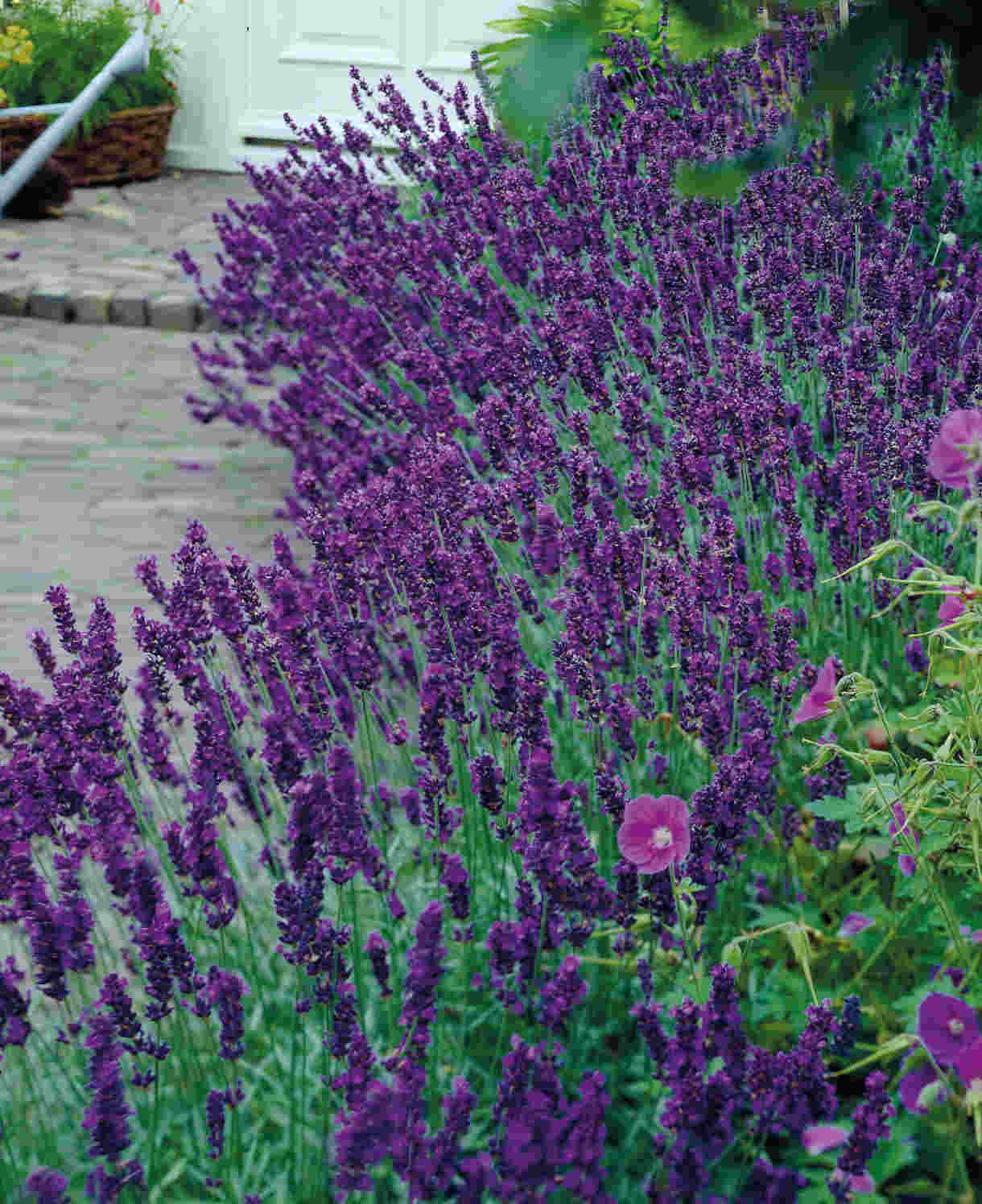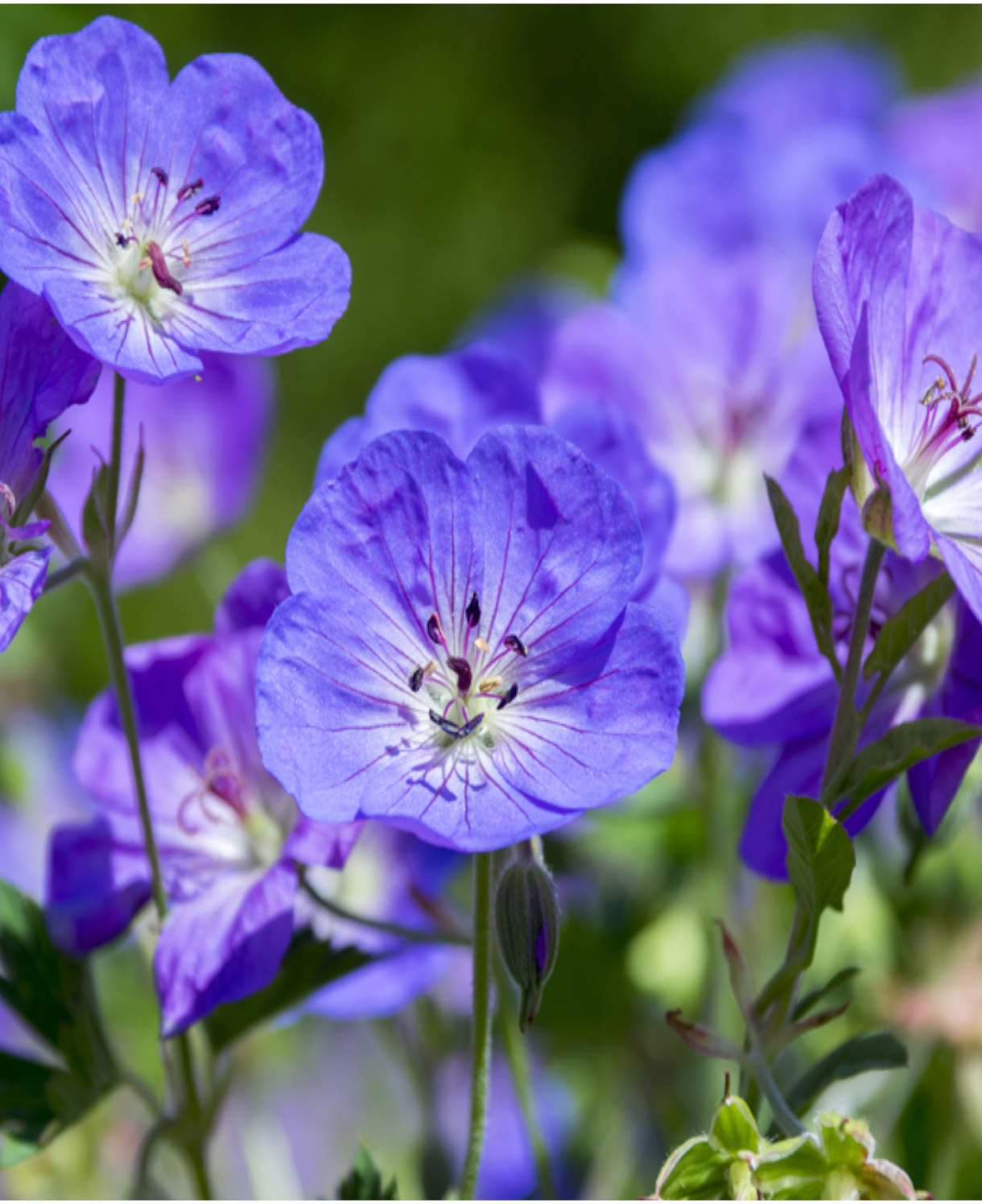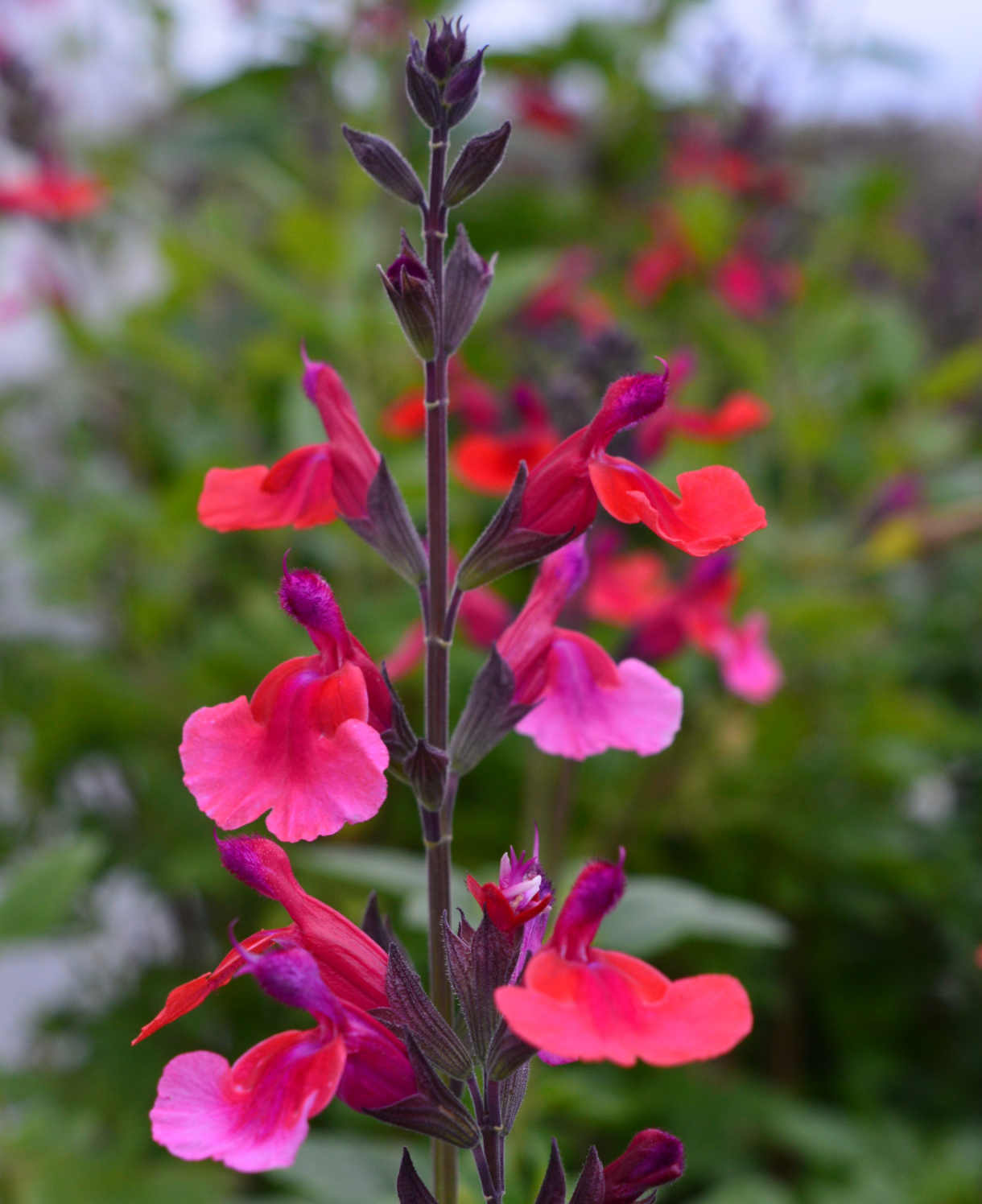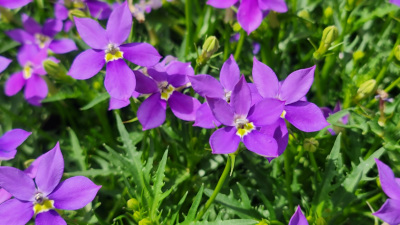How to grow Laurentia
This member of the campanula family contains around 10 species of compact annuals and perennials found growing throughout Australia and New Zealand. It is cultivated for its exceptionally long and floriferous blooming period and tough, resilient nature.
Laurentia can also be known as isotoma or solenopsis, with the botanical world seemingly unsure which is correct. For ease, in this growing guide we are calling it laurentia, though on our website you will see us hedging our bets with ‘Laurentia isotoma’!
Some common names include blue star creeper, rock isotomes, and starflower.

Zantedeschia is a genus of flowering plants from the family Araceae and is native to southern Africa. With a rich history dating back to the Ancient Romans, these deciduous or semi-evergreen perennials have been used as a symbol of celebration. Zantedeschia was Named after Professor Giovanni Zantedeschia, an Italian botanist.
There are two main forms of Zantedeschia: hardy and tender. Hardy forms of the plant can be grown outdoors, enjoy moist soil and full sun or partially shaded conditions - these are known as Arum lilies. Tender forms of Zantedeschia prefer being grown in containers or pots and should be brought inside over the winter - these are known as Calla lilies.
With tuberous flora in all colours from whites, yellows and oranges to deep reds and purples, Zantedeschias are not to be overlooked in any garden, as long as they have sufficient sunlight to grow in.
Ready to learn more about growing Zantedeschia? Read on for all there is to know...

Key Information
Soil pH
Position
Hardiness


Where & when to plant Laurentia
Position- Full sun, exposed or sheltered
Soil- Moist and well-drained
Flowering Period- Late spring into autumn
Hardiness- Half-hardy
Plant laurentia out once all risk of frost has passed in your area (usually around mid to late May).
Compact, bushy species (such as Laurentia axillaris) are well suited to growing in containers or using as summer bedding in a sunny border.
Creeping, ground-hugging species (such as Laurentia fluviatilis) can be used in rock gardens, paving cracks, or as underplanting beneath roses and shrubs.
How to plant Laurentia
In the ground
- Clear the chosen area of weeds.
- Dig a planting hole several times larger than the root ball. Now is the time to add plenty of sand or horticultural grit to the planting hole and mix thoroughly.
- Place the plant in the hole, ensuring the top of the root ball sits level with the surface of the soil. Too low and the plant may rot, too high and the roots can dry out.
- Backfill with soil and firm in gently.
- Soak well with water.
- Mulch around the base with horticultural grit.
If you are planting into paving cracks, simply excavate a small hole, and push the small plant in along with some gritty compost. Water, then leave it to establish and spread!
In a container
- Choose an appropriate container (laurentia are shallow rooted, so this need not be particularly deep). Ensure there are plenty of drainage holes in the bottom.
- For best results use a good quality potting compost with plenty of horticultural grit mixed in (aiming for around 30% grit). If not already present in the compost, add some slow-release fertiliser granules.
- Start by partially filling the pot with compost; enough so that when placed on it the upper surface of the root ball is about 3cm lower than the top of the pot.
- Infill all the space surrounding the root ball with compost, firming down with your fingers then adding a little more so the plant is held tight.
- Pick up the pot and lightly tap on the potting bench or ground a few times to help further settle the compost around the plant.
- Soak well with water.
- A mulch with horticultural grit will look attractive and help to prevent a ‘cap’ or crust forming on the top of the compost (something container plants can suffer due to the artificial nature of their watering).

What to plant with Laurentia
For a reliably long-flowering container display, combine bushy species of laurentia with other overflowing delights such as brachyscome, lobelia, and petunia. Add a foliage plant such as artemisia or helichrysum to complete the picture.
In a border, partner bushy species of laurentia with the equally half-hardy Verbena rigida, using the two to plug gaps between permanent, perennial planting. Their size and colouring complements plants such as lavender, geranium, salvia, and alchemilla.
Ground-hugging species of laurentia can be used with similarly behaving plants to fill cracks and cover rockeries. Think creeping thyme, Phlox subulata, Campanula portenschlagiana, sempervivum, and aethionema.



How to care for Laurentia
Pruning and Deadheading
Laurentia will shed its spent flowers naturally, so there is no need for deadheading.
Plants can be lightly shaped midseason to keep them neat and maintain flowering vigour. If you are going to overwinter yours indoors (rather than treat it as an annual), cut back again lightly after flowering.
Watering
In the ground, water until established, after which this tough, drought-tolerant plant is relatively self-sufficient.
Allow the top few centimetres of compost to dry out between soakings.
Cold Protection
Laurentia is a half-hardy plant, meaning it is unable to cope with temperatures dipping below the 1°C to -5°C range. In frost-prone climates such as the UK, this means it is usually grown as an annual (i.e., removed to the compost heap at the end of the growing season). We recommend taking cuttings during spring or summer to provide you with new plants for the following year.
If you wish instead to try and overwinter yours, grow in a container and move to a frost-free greenhouse or conservatory during the colder months.
Pests and Diseases
Laurentia tends to be trouble-free.
How to propagate Laurentia
Laurentia can be propagated by cuttings any time during the growing season.
- Find non-flowering shoots 5-10cm long and snip off the plant.
- Put them in a plastic bag straight away to prevent drying out.
- Fill a container with a compost mix which is at least 50% perlite (or if you prefer, as we do, 100% perlite).
- Remove the lowest third of leaves. If the remaining leaves are large, cut them in half (to reduce water lost through transpiration).
- Insert the cuttings into the compost and water lightly. Several cuttings can be put in the same container if there is enough space to do this without them touching.
- Place in a propagating unit with bottom heat if you have one, or covered with a plastic bag on a windowsill if not (out of direct sunlight).
- Keep the cuttings misted and occasionally watered until they root. You will know this has happened when roots emerge out of the bottom of the container.
- Gently remove rooted cuttings and pot them into individual pots. Grow on in an unheated conservatory or greenhouse until they can be planted out the following May (once all risk of frost has passed).
Common Laurentia questions
Is laurentia hardy?
Laurentia is half-hardy and unlikely to survive a winter outside in most of the UK. See ‘Cold Protection’ section above for more information.
Is laurentia a perennial?
The laurentia species offered by Hayloft are evergreen perennials, though their half-hardiness means they are often treated as annuals.
How fast does laurentia grow?
Laurentia is fast-growing and will reach its full size in one growing season.





